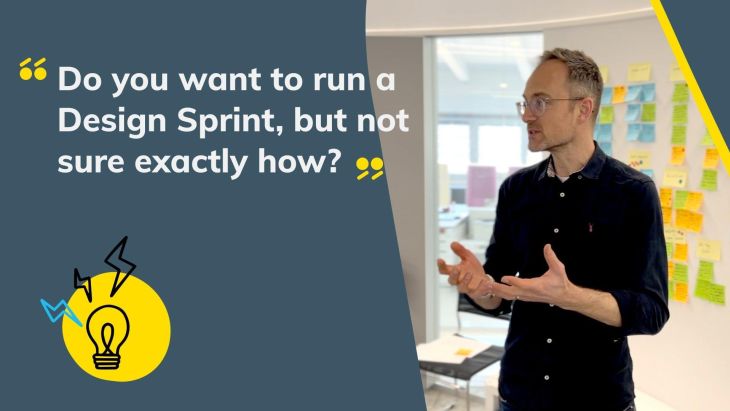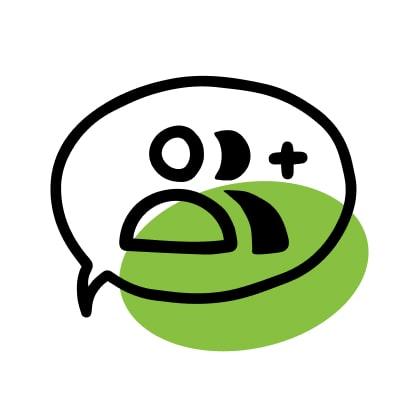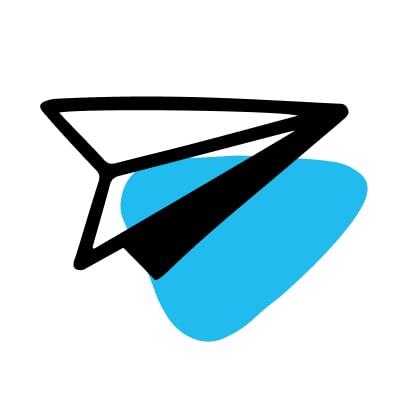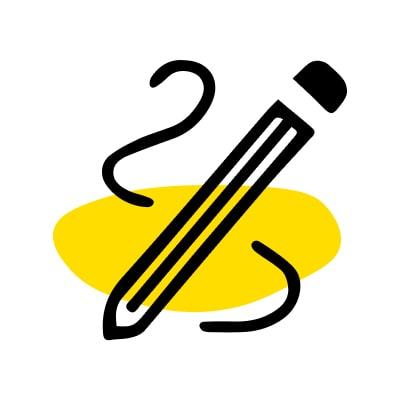How to run a successful Design Sprint

How we deliver meaningful, successful Design Sprints for our clients.
Do you want to run a Design Sprint, but not sure exactly how? Or maybe you've run a few and want to make them better? This blog breaks down the process we use at Brightec as well as addresses the following:
1. Why run a Design Sprint
2. Presenting the Design Sprint to your client
3. Delivering the Design Sprint
I recently returned from a 3-day Design Sprint we delivered in Switzerland for a new client. Those busy, somewhat intense, days have resulted in the alignment and direction to move the project forward, plus some very happy clients. Exactly what we’d hoped for.
But, how did we ascertain that a Design Sprint was the appropriate tool to kick-start this project? How did we get from an initial enquiry to a full three days of commitment from the client’s team, including Global CIO and US CEO? And, finally, how did we deliver this customised Design Sprint?

Why run a Design Sprint?
Since Google Ventures first published the Design Sprint Book back in 2016, most agencies that I know, and plenty of big companies (such as Slack and LEGO), have run Design Sprints to get them from problem statement to tested prototype in a defined 5-day period of time.
When a company is willing to commit their team to one intense week, the results are invaluable, and the savings in the long run can be huge. No more protracted periods of expensive design and development time, only to find that a solution wouldn’t meet the needs of the user.
The tooling and language employed by Sprint have become so embedded into the way that agencies and companies speak that we are able to dip in to utilise individual parts of the process when required.
At Brightec, for example, we rarely talk in the language of the problem, preferring to ask ‘How Might We’ (or HMW). The whiteboards in our studio will often have a User Map on them, and if you listen carefully you’ll often hear the sound of A4 paper being folded into eight even rectangles for a Crazy 8’s session.
We truly believe in the Design Sprint. ‘Full-fat’ 5-day Design Sprints are amazing, and of course, we offer them, but we also run 3-day sprints, 1-day sprints and smaller workshops consisting of three 2-hour workshops over a more flexible period of time. The format is flexible to allow for problems of all sizes.
Why do we love the Design Sprint concept?
Defined period to get from a problem to a tested prototype, or other agreed outcome.
Clear and outcome-driven process, with measurable goals at the end of every day.
Inclusive and knowledge-based — personalities do not dictate the outcome of a sprint.
Reusable exercises within the Sprint that can be deployed in many discovery settings.

Presenting the Design Sprint to your client
All of the work we undertake at Brightec with and on behalf of a client is defined through collaboration and shared understanding.
In the case of our Design Sprint in Switzerland, we kicked off with a 2-hour download session with the client, where we sought to understand more about the company and their goals.
It became clear that a lot was riding on the success of the project and that it would require a substantial investment to launch. We were confident that a variant of the Design Sprint, designed to minimise risk and ask the difficult questions no one usually wants to answer, would be the optimum way to ensure the success of the project.
A five-day Design Sprint looks like this:
Day 1: Map (although at Brightec we call day one ‘Align’ as we feel it speaks into the outcome of the whole day)
Day 2: Sketch
Day 3: Decide
Day 4: Prototype
Day 5: Test
The client was already very warm to the idea of an initial discovery phase, so we walked them through the Design Sprint structure, its strengths and deliverables. The rigour of the process reassured them to proceed.
Over the next week, we worked with them to shape the outcomes of the sprint. Together, we outlined what the days would look like, who would be part of the sprint team, who the ‘experts’ would be, and what the takeaways would be at the end of our time together.
Critically, here we also defined the 3-day duration of the sprint. The takeaways of this discovery phase were the user mapping and the groundwork for wireframes, so days 4 and 5 of a full-fat sprint would not be required.

Delivering the Design Sprint
Here are a few key pointers we’ve learned from delivering Design Sprints at Brightec.
Much of what I’ve listed below I’ve learned from the Google Ventures Design Sprint book — this is a must-read if you want to learn more about Design Sprints.
Preparation is key.
Know your client and work with them to prepare for the Sprint. If we’re hosting, we provide all the materials needed, but fitting a whiteboard into a suitcase to jet over to Switzerland isn’t practical, so in this case we asked our client to provide the bigger pieces.
Define the Sprint team. It saves time and removes blockers when everyone knows what is expected of them, and their time, upfront. It’s also important to agree on who will facilitate and who will make the decisions. Don’t forget to set up the Experts for the Ask the Experts session on Day 1.
Start to think about how you might run the user tests at the end of the Sprint. The who and the how…
Prepare a space to inform and capture what comes up. At Brightec, we always prepare a Miro board, an online whiteboard, which lists the process for the Sprint by day in a step-by-step fashion.
This really helps both you and everyone else in the Sprint team as the week progresses, acting as a ‘what’s next’ as well as a record of the decisions you will be making along the way.
After the week is over the meeting room will be cleared of the post-its and the whiteboard will be wiped clean. By capturing everything in Miro there is a forever record of the week that you can refer back to, and even use as a space to continue the project.
You’re ready to Sprint!
Nervous? Absolutely! But if you have prepared well you’ll be fine.
Below are some tips for you as you start Day 1:
Before you kick off, summarise the Sprint process with the team. It will reassure everyone that they are in safe hands.
Ask their permission to be Facilitator*. You are in charge of steering the ship and you will, on occasion, have to cut through chatter to get back on course.
(*assuming you are the Facilitator, of course!)Run through the ‘rules’ regarding devices, attendance, etc.
Discuss breaks and provide Sprint snacks!
Introduce the Decision Maker. This is going to be one of their team, who will of course already be known to each of them. But just like with the Facilitator, you are setting the scene and giving the Decision Maker authority to act decisively when required.
Encourage the Sprint team to ‘Trust the process’. The Sprint Book will explain this, but it’s a mantra that you can refer back to when needed (usually half way through as people’s energy is dipping!)
Be time aware. It is easy for timings to slip when it’s getting exciting. You’ll have to use your judgement whether to cut something off or let it run.
Before each exercise, be clear about the expectation, the outcome and the time they have to complete it.
Summarise at the end of each day, and give an overview of what the next day will entail.
Encourage daily feedback on the process. You should have flexibility to pivot and the strength to hold fast to the plan as required.
Design Sprints are tiring! Especially for the Facilitator, so make sure you lean into your team to help where they can.
A Design Sprint well-run is a fun and rewarding experience.
They are not the only way to ‘do Discovery’, but they are tried-and-tested and they are structured. I have never known one to not deliver, and everyone on the Sprint team comes away having felt included and heard.
Run your first Design Sprint and see what great things come from it! You’ll be talking about it for weeks afterwards, and relationships forged in a Sprint are rock-solid!
Glossary
Web:
The official site for understanding and running a Design Sprint.
Video:
The GV Design Sprint process in 90 seconds
YouTube Design Sprint content on the Google ventures channel
Buy:
The book - Sprint: How to Solve Big Problems and Test New Ideas in Just Five Days
Thinking of running a sprint, or looking to sell the value to your company or a client? This is the starting point. Very accessible, human-centred, and has all the tools you need to get started.
Note that the Sprint Book focuses on delivering in-person Sprints, but there’s a section on the website that details delivering it online. At Brightec we offer both — our preference is definitely in-person, as there’s a connection which is harder to form through a Meet call. But where that’s not possible, a well-managed online Design Sprint will deliver excellent results!
Looking for something else?
Search over 450 blog posts from our team
Want to hear more?
Subscribe to our monthly digest of blogs to stay in the loop and come with us on our journey to make things better!
